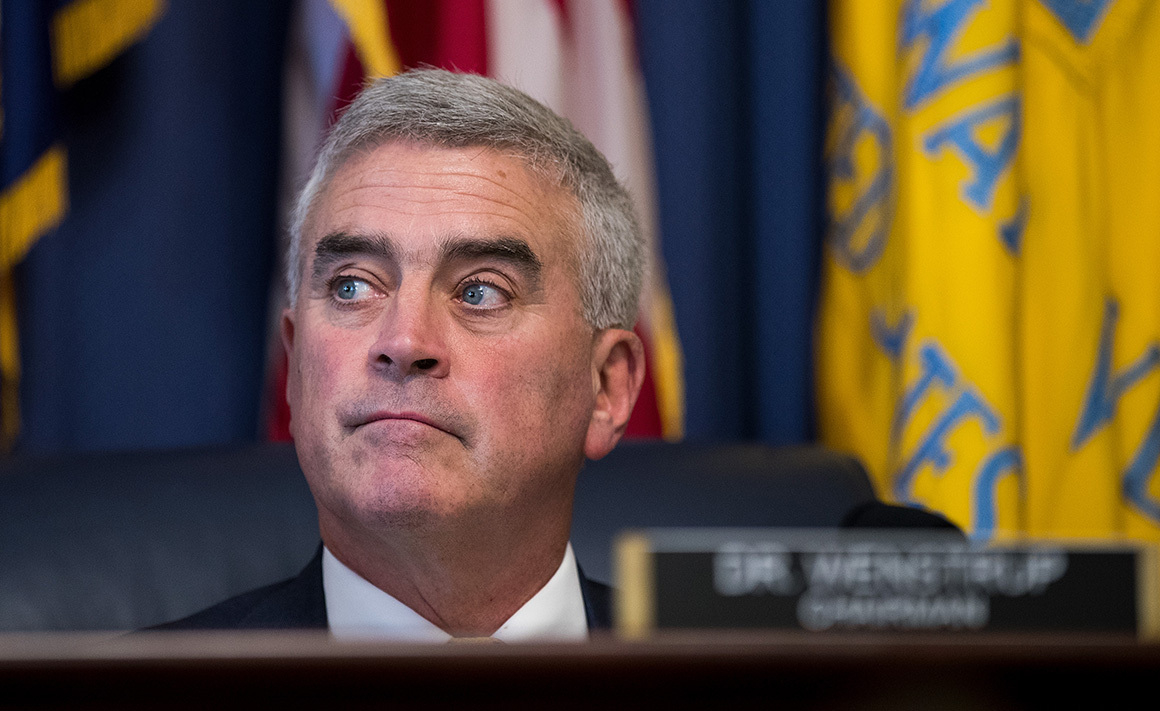For thrifty consumers, there’s a lot to like in high-deductible health insurance. The plans offer low monthly premiums and those fees fully cover preventive care, including annual physicals, vaccinations, mammograms and colonoscopies, with no co-payments.
The downside is that plan participants must pay the insurers’ negotiated rate for sick visits, medicines, surgeries and other treatments up to a minimum deductible of $1,500 for individuals and $3,000 for families. Sometimes deductibles are much higher.
Let’s keep it civil.



deleted by creator
That’s the thing about HDHPs…they aren’t really great unless you are also actively funding your HSA. Which, unlike an FSA, doesn’t lose its balance at the end of the year.
At my employer, it also worked out that
HDHP Premiums+Funding HSA to cover the whole deductiblecost less over the course of the year thanPPO Premiumsalone.That, to me, makes the HDHP the best option no matter how you look at it…as long as the HSA can cover your deductible.
And even then, it allows the balance over a certain amount to be invested in funds similar to a 401k, so not only do you not lose the funds at the end of the year, you are also keeping it invested instead of losing value to inflation.